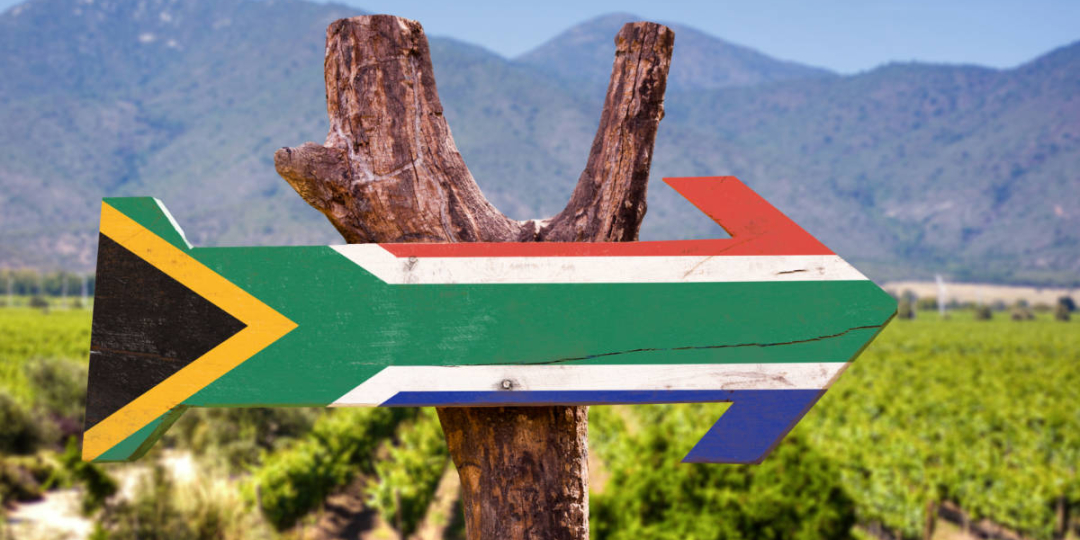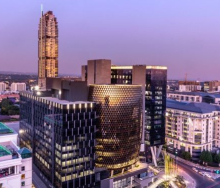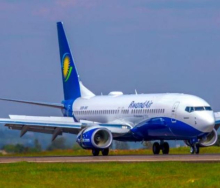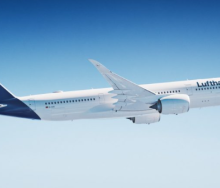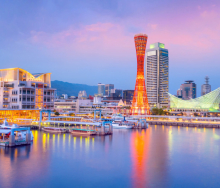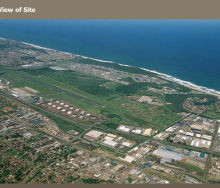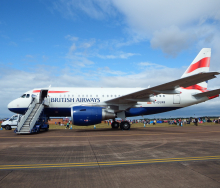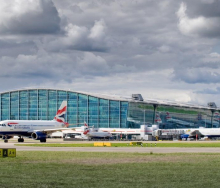Total domestic travel trips undertaken in South Africa last year jumped by a massive 61,3% compared with 2018 figures, with domestic leisure trips up by a whopping 170,6%.
This is according to the South African Tourism Performance Report 2019, sent to Travel News by SA Tourism.
The report is based on a domestic tourism survey conducted throughout 2019 and includes additional insights from Statistics South Africa, the World Travel and Tourism Council and the United Nations World Tourism Organization (UNWTO). (See the methodology below).
“It’s encouraging to see the significant increases in the amount of travel domestically,” says SA Tourism ceo, Sisa Ntshona. He explains that a ‘trip’ is defined as “a journey undertaken by one or more members of the household for at least one night away from home and then returned to his/her place of residence”.
The report says 28,5 million trips (including business travel trips, family visits, funerals etc.) were undertaken domestically in South Africa – a 61,3% increase over the 2018 figure. Furthermore, spend increased by 66,3% to R43,9 billion.
For the overall figures, the average number of nights per trip dropped 15,7% to 3,3 nights but the spend on bed nights increased by 35,9% to R94.1 million.
Geographic spread – which means the trips included more than one province – amounted to 15,7% of trips. This was up by 7,2% over the 2018 figures.
Domestic trips for leisure travel (defined as a ‘holiday’ in the report) increased to 7,1 million trips (a 170,6% jump) for 2019, with spend jumping 109,4% to R17,3 billion.
Average nights per trip dropped by 14,9% to 2,9 but the spend on bed nights rose to R20,4 million (a 119,4% increase).
The geographic spread of trips dropped by 5% with only 13% of trips including more than one province.
Survey methodology (provided by SA Tourism)
These insights were derived from domestic surveys conducted by the research team throughout the year (2019).
- The domestic survey was conducted through in-home, face-to-face interviews. This is the optimum and feasible mode of contact for this particular study for ensuring desired data validity and data soundness.
- The sample is designed as a multi-stage, stratified sample of n = 1,300 per month. The sampling framework is built from geographic strata, which are based on enumerator areas, (EAs) that are used as primary sampling units (PSUs), and households which are used as the secondary sampling units (SSUs), the sampling is further representative of the adult South African population aged 18 years and older.
- In each EA drawn, four households are systematically selected with equal probability. The EAs are disproportionally allocated to the main strata in order to ensure sufficient representation for domestic tourism and smaller provinces.
- The sample design ensures that all stratification variables such as province, metro, urban, rural, race, age and gender are covered. The domestic survey has a margin of error of 2,7% at a confidence interval of 95% on the monthly sample. Results from the obtained sample are weighted based on StatsSA’s mid-year population estimates of South African citizens aged 18 and above.
